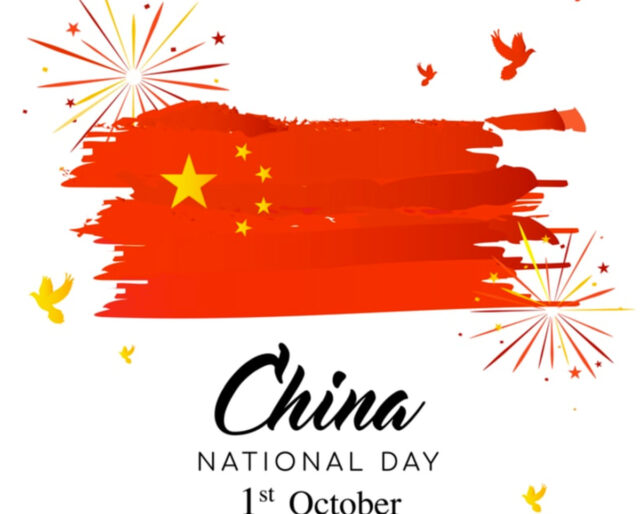Chinese National Day is on October 1, which is an annual public holiday celebrated in the People’s Republic of China. The day marks the end of dynastic rule and the march towards democracy. It is an important milestone in the rich history of the People’s Republic of China.
HISTORY OF CHINESE NATIONAL DAY
The beginning of the Chinese Revolution in 1911 brought an end to the monarchical system and catalyzed a democratic wave in China. It was a result of efforts from the nationalist forces to bring about democratic norms.
Chinese National Day honors the start of the Wuchang Uprising that eventually led to the end of the Qing Dynasty and later the establishment of the People’s Republic of China. On October 1, 1949, the leader of the Red Army, Mao Zedong, declared the founding of the People’s Republic of China in Tiananmen Square before a crowd of 300,000 people, while waving the new Chinese flag.
The declaration followed a civil war in which communist forces emerged victorious over the nationalist government. On December 2, 1949, at a meeting of the Central People’s Government Council, the declaration to formally adopt October 1 as Chinese National Day was ratified by the First National Committee of the Chinese People’s Political Consultative Conference.
This marked the end of a long and bitter civil war between the Chinese Communist Party led by Mao and the Chinese government. Massive military parades and grand rallies were held from 1950 to 1959 on Chinese National Day every year. In 1960, the Central Committee of the Communist Party of China (CPC) and the State Council decided to simplify the celebrations. Mass rallies continued to take place in Tiananmen Square until 1970, although military parades were canceled.
National days are of utmost importance, not only culturally, but also in representing independent states and the current government system.
Post time: Sep-30-2021






